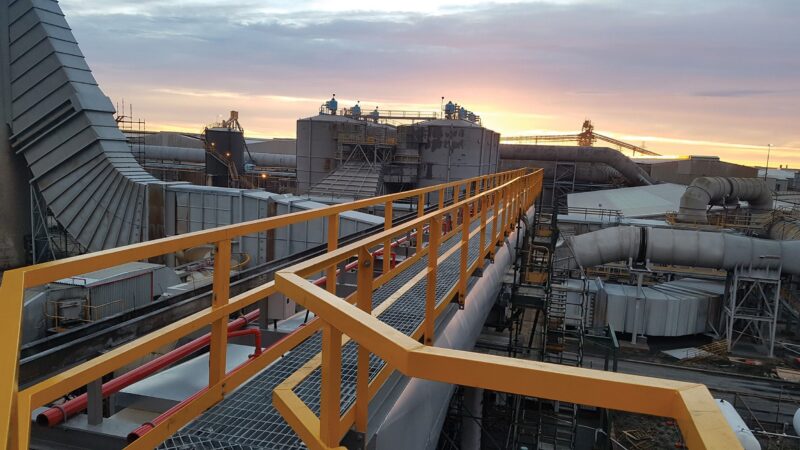The hidden role of project engineering in NZ Manufacturing
Smart manufacturing is not just about advanced machines, data, or automation. It is also about how projects are delivered. In New Zealand, where margins are tight and downtime is expensive, project engineering is often the difference between a smooth delivery and one that struggles to get finished.
Beyond the Plan
Every successful project needs more than a timeline. It needs people who can anticipate risks, make practical decisions in real time, and keep everyone aligned. That is what project engineers do. They combine design knowledge with delivery discipline, bridging the gap between disciplines and helping transition drawings to reality.
On capital projects across food processing, heavy industry, and advanced manufacturing, project engineers often make the difference between a clean handover and weeks of extra work and significant variations.
They understand both the design intent and the realities of construction. They know when to challenge assumptions, when to push for clarity, and when to make a call on the spot so progress is not lost.
Why It Matters Now
NZ manufacturers are juggling more complexity than ever: tight labour markets, growing compliance demands, and the high cost of downtime. With stretched teams and costly shutdowns, there is little margin for error when delivering capital projects.
Manufacturing projects today carry more moving parts (compliance, cost control, and tighter schedules) which makes disciplined delivery even more important. Project engineers bring that discipline and most importantly technical oversight.
By planning ahead, coordinating suppliers, and promptly solving problems, they reduce delays, avoid rework, and keep production running.
Real-World Impact
We see this value play out across industries.
Food Processing Upgrade
On a major line expansion, the design work was sound, but the risk lay in how quickly equipment could be installed and commissioned before production needed to resume. A project engineer coordinated trades, validated as-built drawings, and managed isolations.
The result was an installation completed within the tight outage, avoiding extended downtime and lost production.
HVAC and Fire Protection Retrofit
At a large industrial site, a $4M upgrade spanned multiple live buildings. The project involved seismic strengthening, fire protection upgrades, and HVAC installation.
With strict compliance requirements and safety systems to maintain, the challenge was not the design, but the delivery. Project engineers staged the work carefully, kept contractors aligned, and delivered the programme in eight months without disrupting operations.
Automation Retrofit
When a national processing centre upgraded conveyors and accumulation systems, project engineers worked closely with designers, fabricators, and installers. They spotted constructability issues early and coordinated changes before they caused costly rework on site.
The outcome was a retrofit completed on schedule, with fewer last-minute surprises and a smoother commissioning process.
These examples highlight a simple point: design alone is not enough. Delivery requires coordination, foresight, and technical judgement on the ground.
What Makes the Role Unique
Good project engineers bring more than just oversight. They:
- Understand the whole build and can spot issues before they impact cost or schedule
- Have the technical nous to make fast, practical calls under pressure
- Bridge communication between design, site, and suppliers
- Balance speed, cost, and quality in real time
It is a role that blends technical depth with people skills. A project engineer might be reviewing drawings in the morning, coordinating contractors in the afternoon, and resolving site issues as they arise.
They keep projects moving, not by doing everything themselves, but by keeping all the moving parts aligned.
The Bigger Picture for NZ Manufacturing
Staying competitive in global markets means finding ways to lift productivity and build resilience. That means delivering projects right the first time, whether they are decarbonisation upgrades, automation retrofits, or capacity expansions.
Delays and rework are costly. In some industries, even a single day of lost production can outweigh months of design effort. Project engineers are the quiet enablers of productivity. They take ambitious plans and turn them into real-world results that are safe, efficient, and on time.
Across factories, processing plants, and OEM workshops, project engineering is often the missing link that keeps work flowing. It does not always make headlines, but it saves manufacturers millions in avoided delays and rework.
What makes the role so valuable is when the project engineer is also a designer. They know what sits behind the drawings, they understand the design intent, and they can spot issues before they impact cost or schedule.
That technical foundation is what lets them make practical calls in real time and keep projects on track.
Good design sets the direction, but project engineering makes sure the work gets done.



